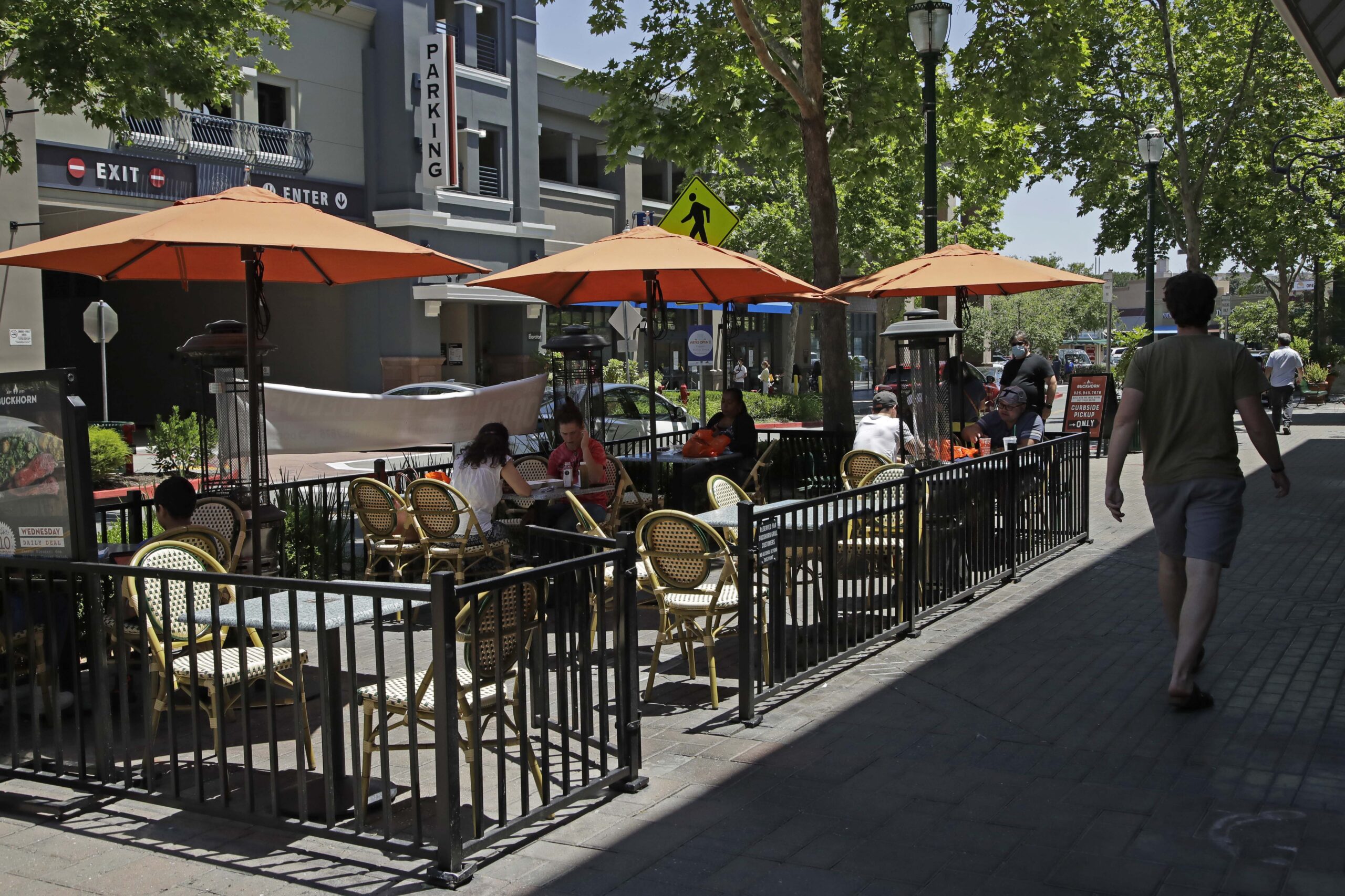If the hospitalization and vaccination measure are met, everyday activities will be allowed and businesses can open with common-sense risk reduction measures, he said. The state will monitor hospitalization rates, vaccine access and vaccine efficacy against variants, with the option to revisit the June 15 date if needed.
“We are really signaling that the blueprint, as it’s devised now, will no longer be in effect after June 15,” Ghaly said.
What restrictions remain: The state’s mask mandate will continue to stay in place. No date for lifting that order has been announced.
Events at stadiums and other large venues will be permitted, Ghaly said, but conventions with more than 5,000 people will be prohibited without some requirement for vaccines or testing until Oct 1. Ghaly said the state is working on that guidance with convention operators as well as operators of large multiday events with both indoor and outdoor activities. Those events, such as music festivals, aren’t yet allowed to resume.
Background: The state in late August unveiled the current reopening blueprint, the four-tiered framework that was designed to give the state more control to slow the pace of reopening as the state recovered from a summer surge. But then the state experienced a much larger surge in the winter months that created stress on the health care system and frustration among business owners. California since earlier this year has steadily recovered, and is now reporting among the lowest positivity rates in the country.
The equity metric: California on Tuesday hit its target of administering 4 million Covid-19 vaccine doses in the state’s most most socioeconomically disadvantaged areas, a goal that allows more counties to reopen businesses and expand capacity in public spaces under Newsom’s reopening structure.
The governor early last month unveiled a new strategy to increase vaccine administration in the state’s hardest hit communities. The approach relied on devoting 40 percent of the state’s vaccine supply to ZIP codes in the lowest quartile of the state’s Healthy Places Index. Once the state reached certain goals, it would allow counties to progress more quickly through the state’s color-coded, four-tiered reopening blueprint.
The state in mid-March reached its first goal of 2 million doses, which loosened the daily case rate criteria that allowed counties to exit the most restrictive tier by raising it from seven cases per 100,000 residents to 10 cases per 100,000. That made it easier for counties to exit the purple tier and reopen the businesses and activities allowed in the less restrictive levels.
Tuesday’s goal of 4 million doses triggers the case rates in the less restrictive tiers, loosening the daily case rate in the second-least restrictive or orange tier from four cases per 100,000 residents to six cases per 100,000. This means counties in the red tiers will be able to move more quickly into the lower tiers.






